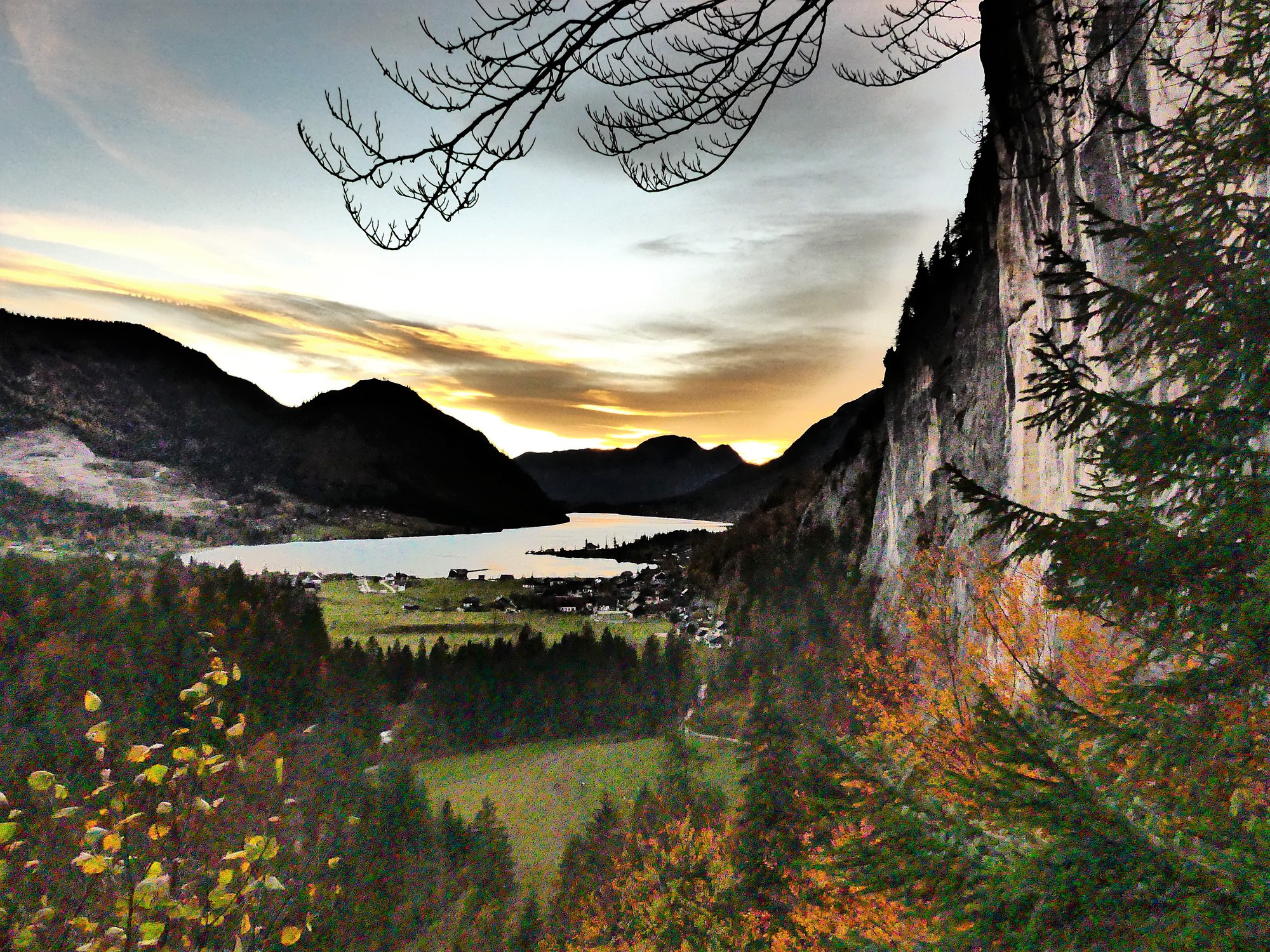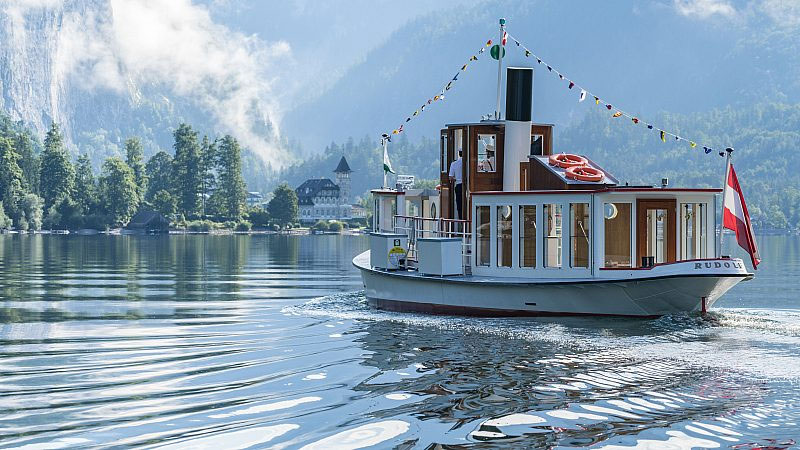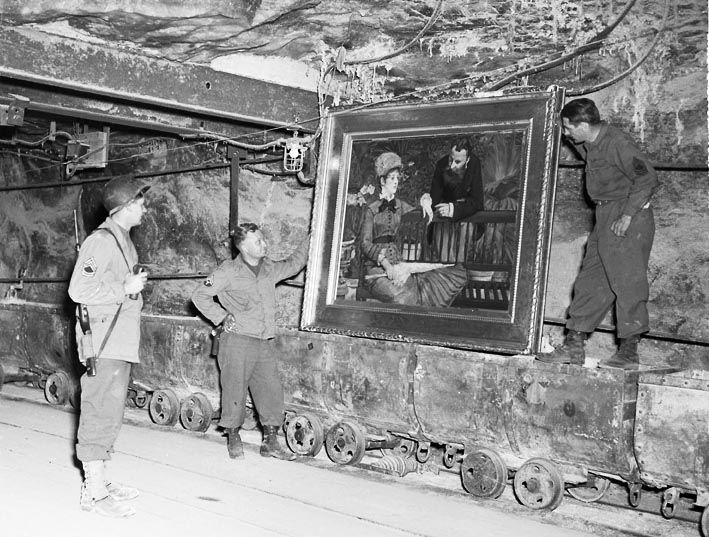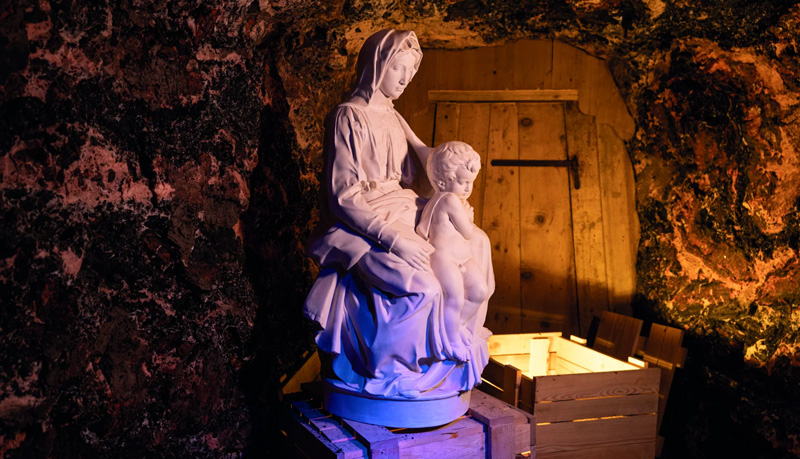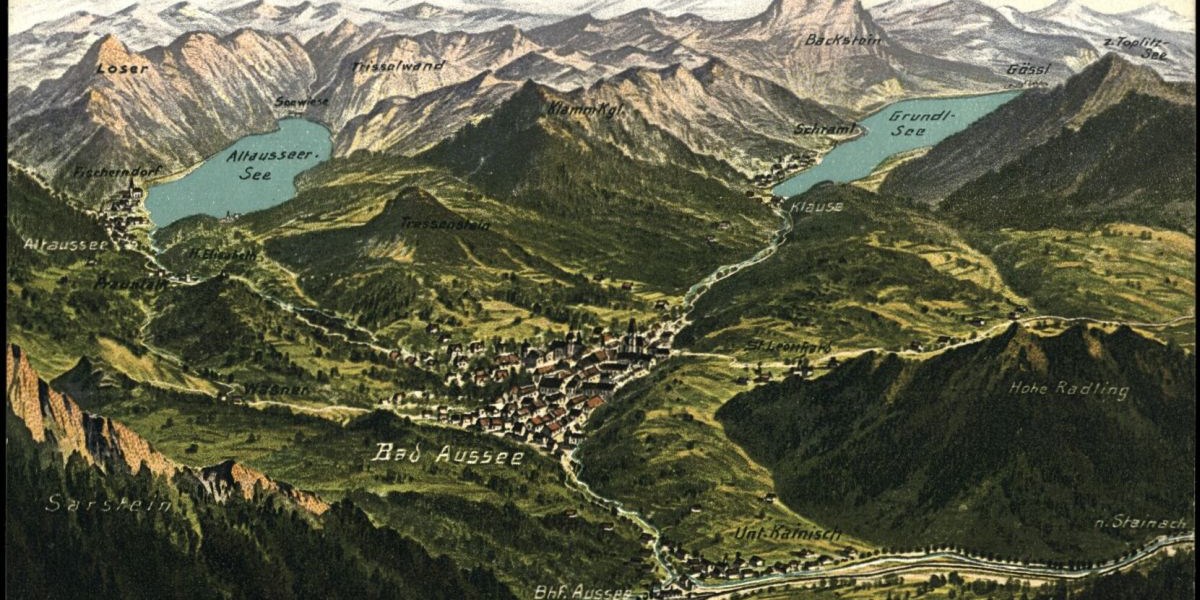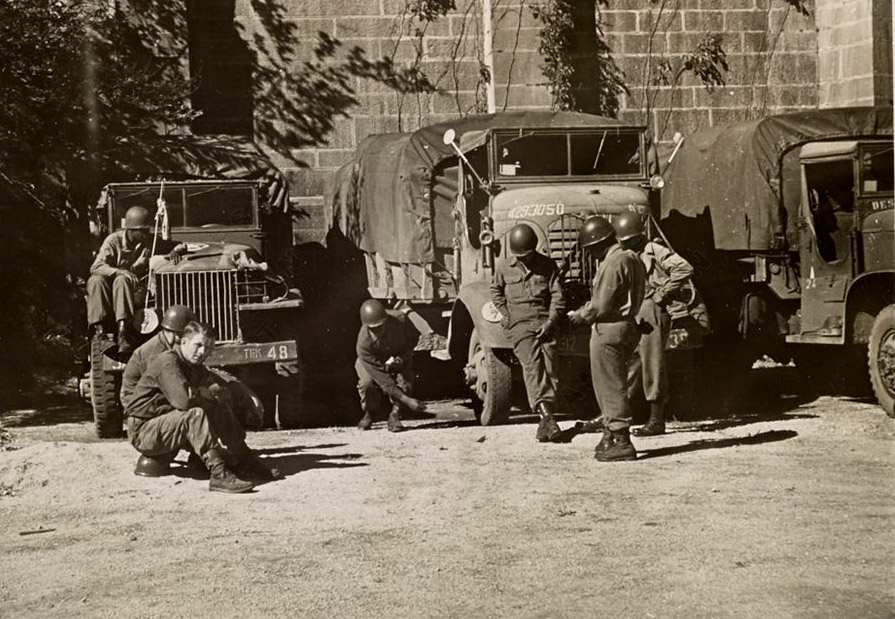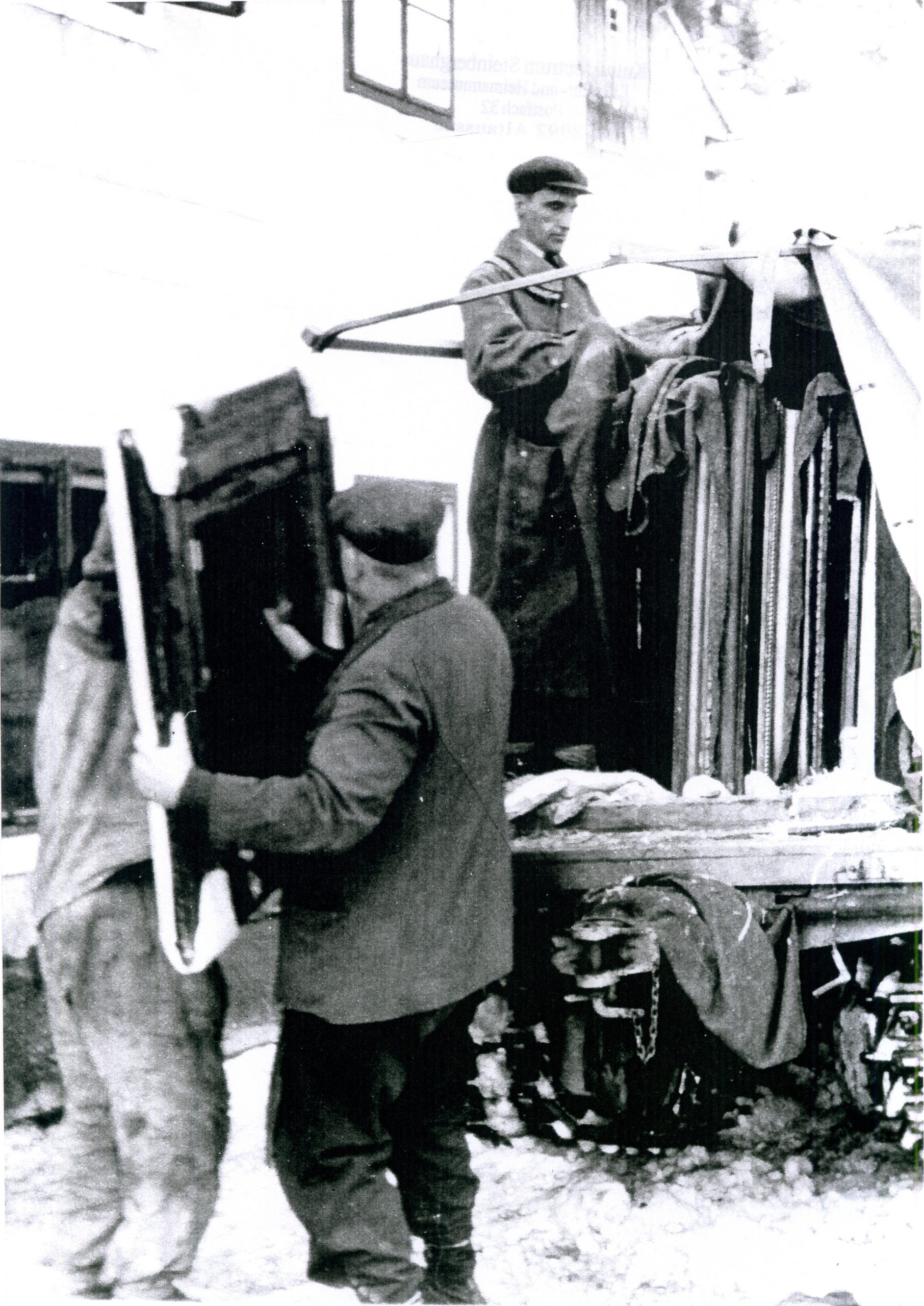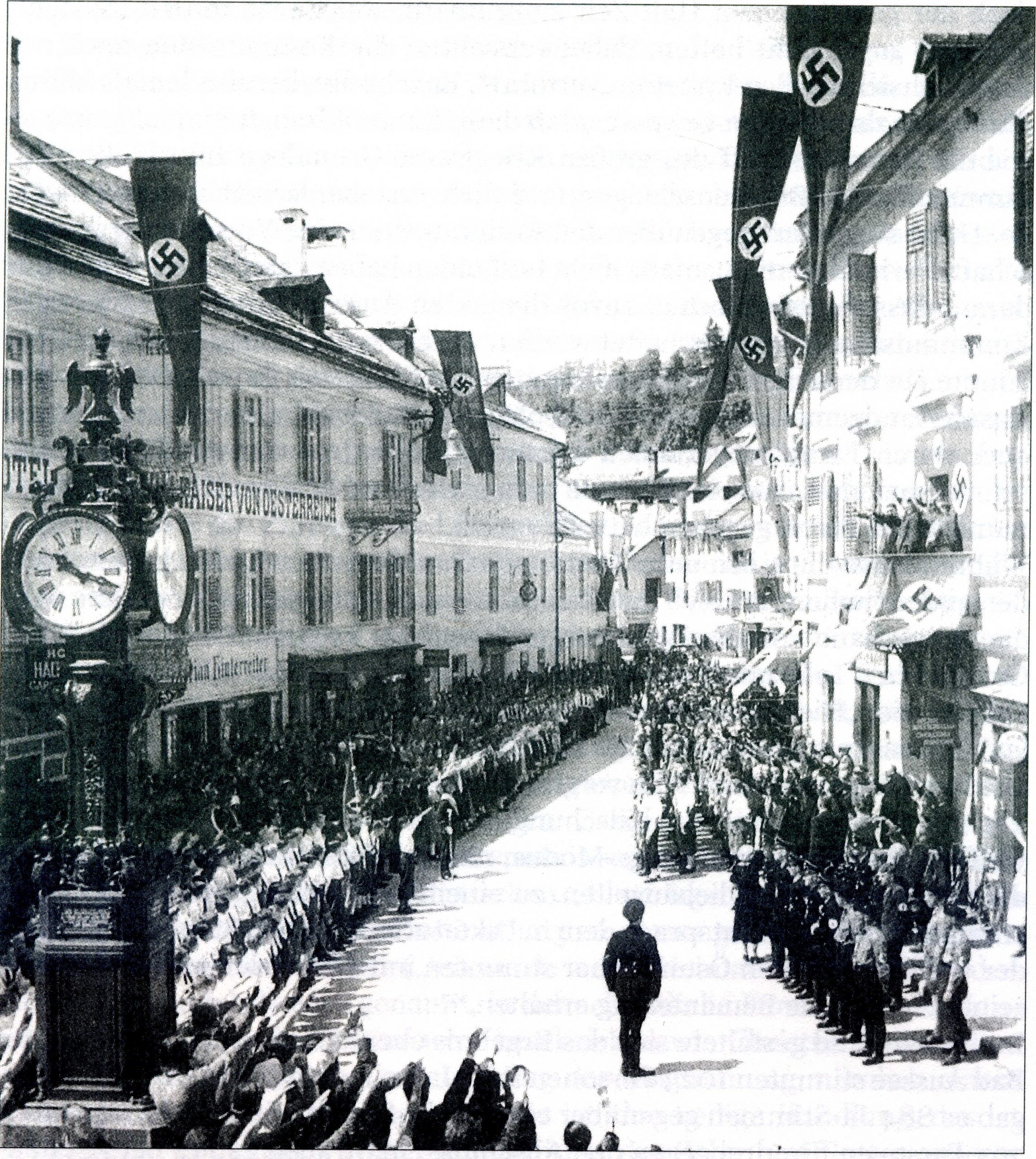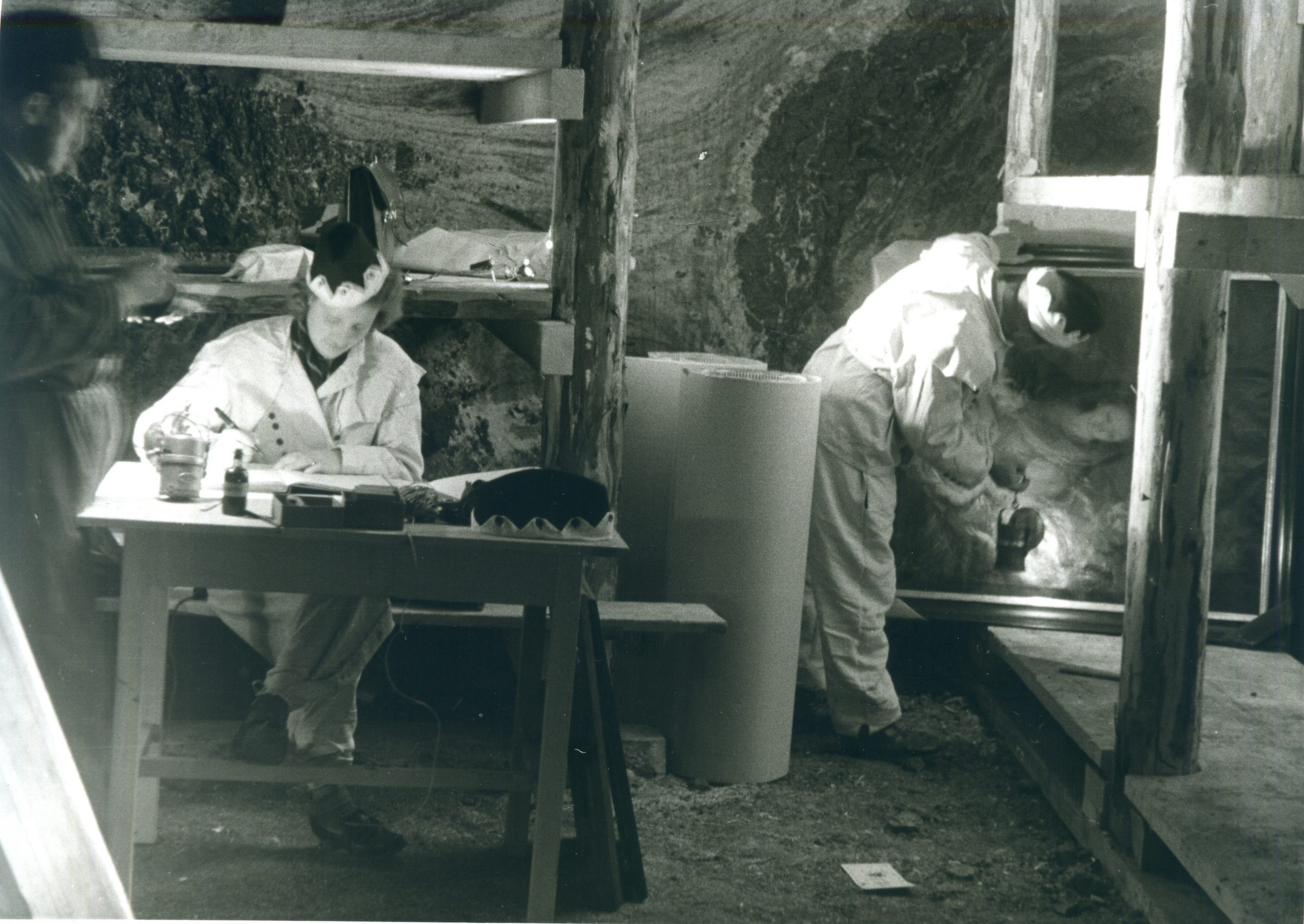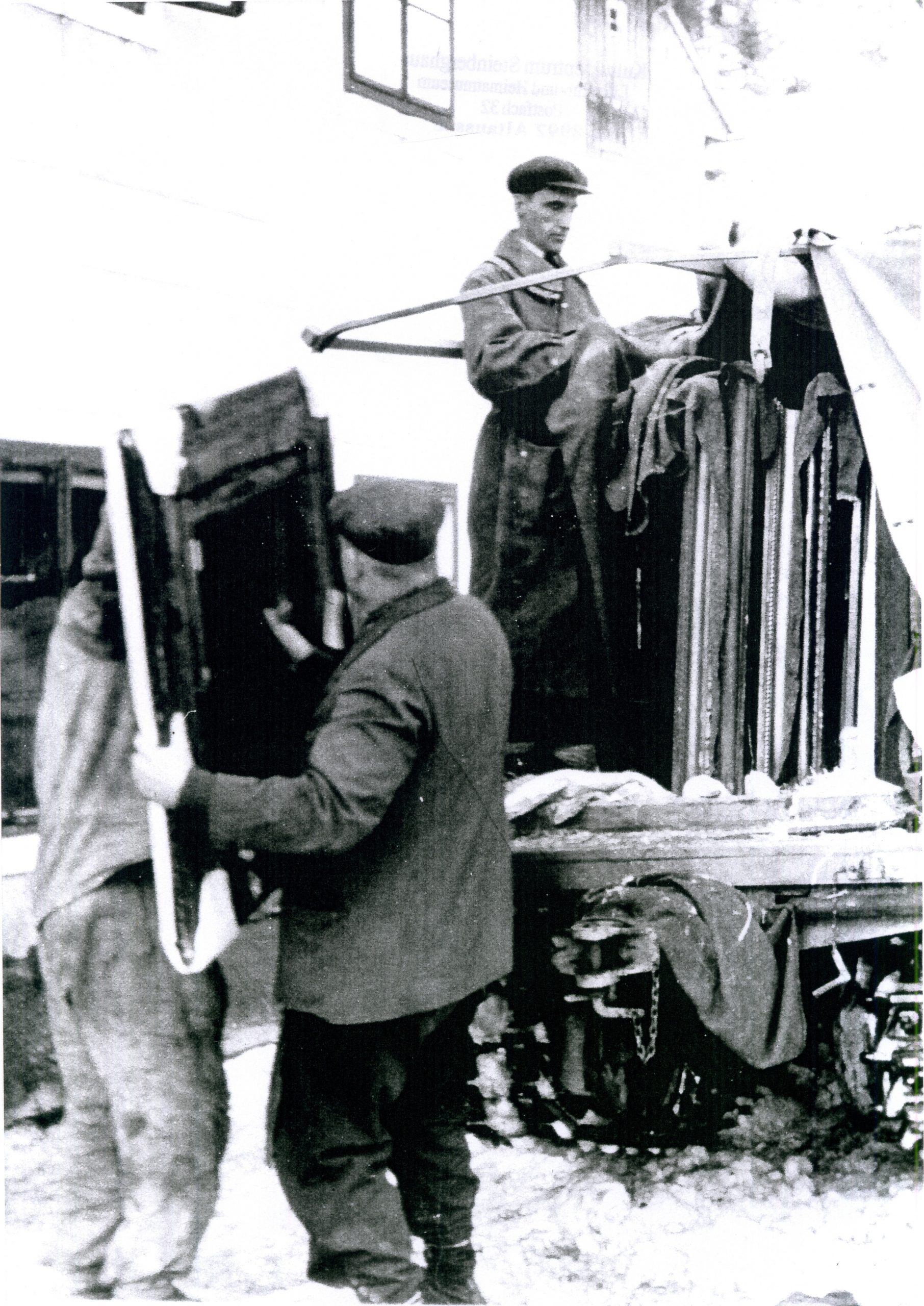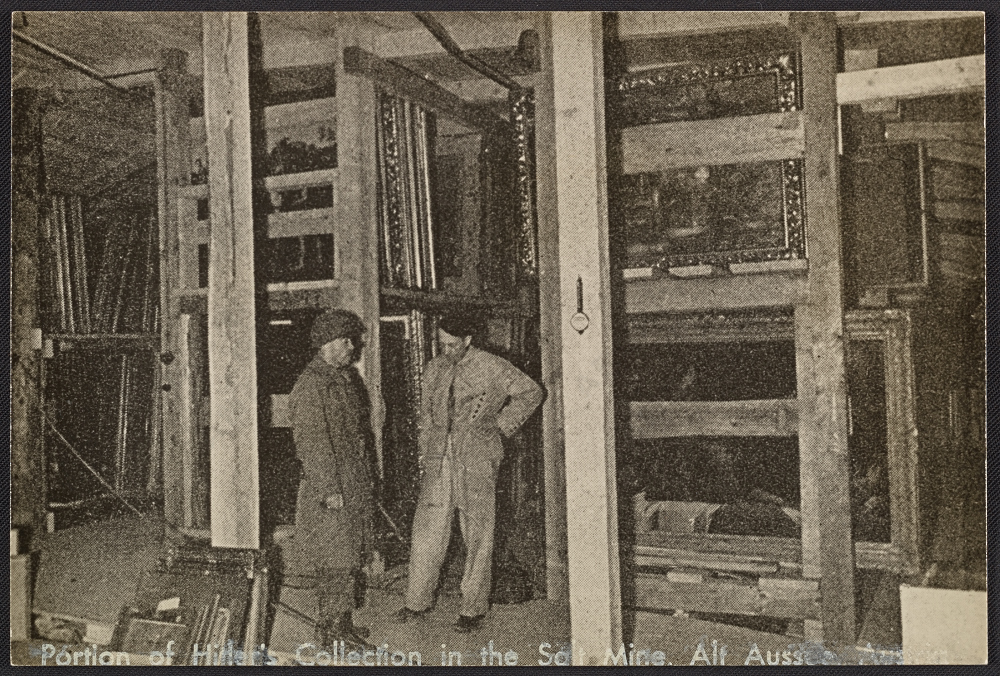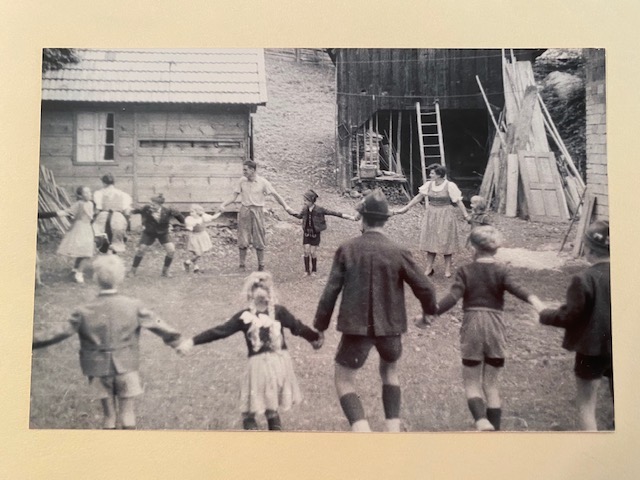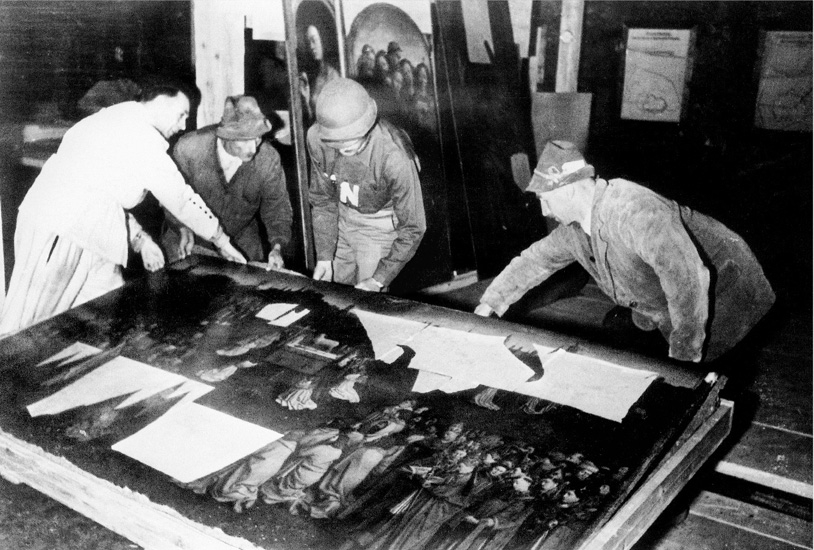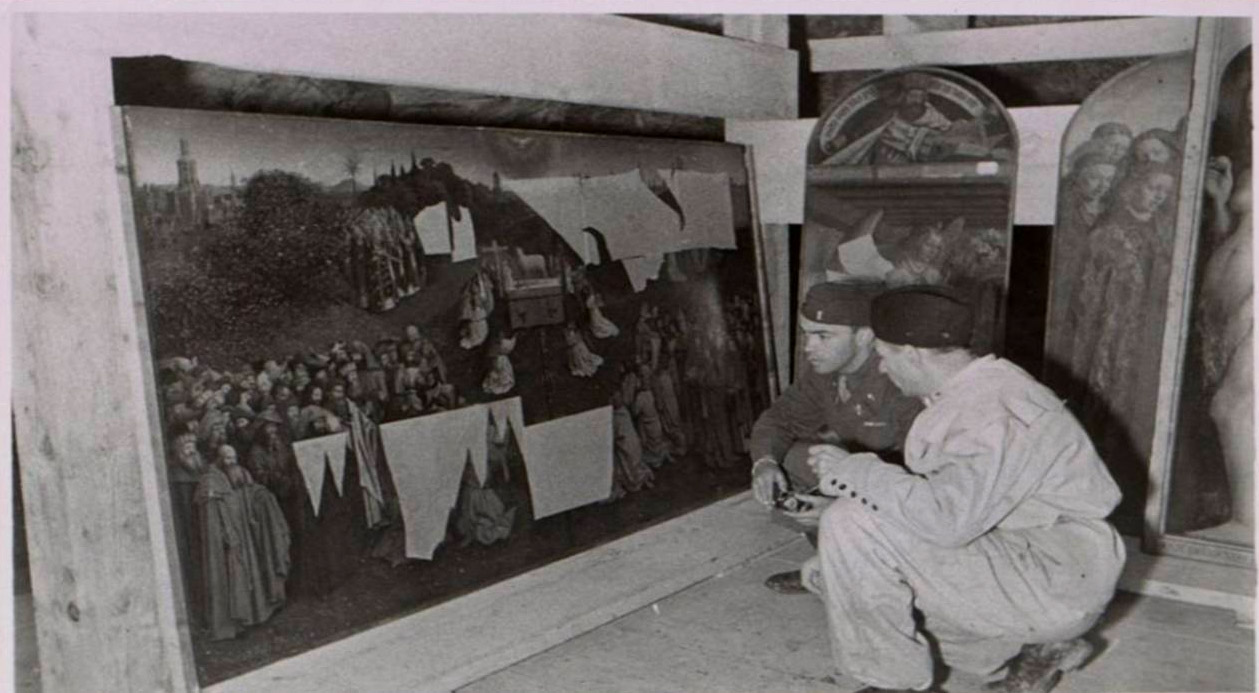Gioia Zwack presents
Ausseerland: The Light & The Dark
2023
Salzkammergut, Austria
The Salzkammergut, together with its main spa town of Bad Ischl, has been designated one of the European Union’s 2024 Capitals of Culture. Broad and innovative cultural programs, tradition versus modernization and avoiding hyper-tourism are main themes of the 2024 project. We will explore these during our stay.
Overview
Known for its rich cultural history and enchanting scenery, Ausseerland is a region within Austria’s beautiful, mountainous lake district, the Salzkammergut. Unknown to many who visit Salzburg and the larger Salzkammergut region, Ausseerland is the most traditional area of Austria with folklore and countryside traditions intact and a history as an extraordinary summer colony.
In the mid 1800’s Emperor Franz Josef of Austria decided to make Bad Ischl – in the greater Salzkammergut – his summer seat. Nobles and society followed the Emperor and artists and writers followed them all. Looking for a more rural and frontier-like opportunity, a few nobles and artists went over the steep mountain pass into more remote Ausseerland. Others followed their lead and with this influx, in the late 1800s and early 1900s, Ausseerland became a summer center for many of Austria’s elite nobles, cultural figures and industrialists.
This flourishing scene, the Light before the Darkness, was brutally interrupted during the Nazi era when Ausseerland played a pivotal role in the war. These events will all be woven into the fascinating story of Light and Dark that we will experience together over 4 days.
The Light
Arrival in Ausseerland is like venturing through a magic door: picture perfect villages sit on the banks of pristine lakes, rivers and streams offer some of the best fishing in Europe, hay fields evoke scenes from Van Gogh and Millet and, as if this beauty were not enough, the region is framed by gently sloping mountains with majestic peaks behind.
It is no surprise that so many made this their summer home: Sigmund Freud, Father of Psychoanalysis, Theodor Herzl , Father of Political Zionism, Hugo von Hoffmansthal, a founder of the Salzburg Music Festival and author of Jedermann, Herbert von Karajan, conductor, Richard Strauss the composer and creator of Rosenkavalier and members of the Habsburg family all spent their summers here.
Bad Aussee, the central market town is full of enticing shops offering the best “Tracht” (traditional clothing) to be bought or made in Austria. The still living folklore and traditions express themselves through local dress, dances and haunting music. Delicious fresh trout, perfectly crunchy schnitzels, crisp fresh vegetables and of course pastries and coffee are found in our favorite restaurants (often with terraces on the lakes) and cafes.
The walks are delightful, swimming and spas are available and a new world class spa on Altaussee has supposedly hosted many celebrities including George Clooney. We may see Klaus Maria Brandauer, a proud resident born locally (he starred in the films Out of Africa, Mephisto and Colonel Redl among others) steer a flat bottomed boat across a lake to his favorite lunch spot, one of our favorites as well.
One of Ausseerland’s highlights are the astounding Salt Mines in Altaussee with 18 levels and 67 kilometers of corridors.
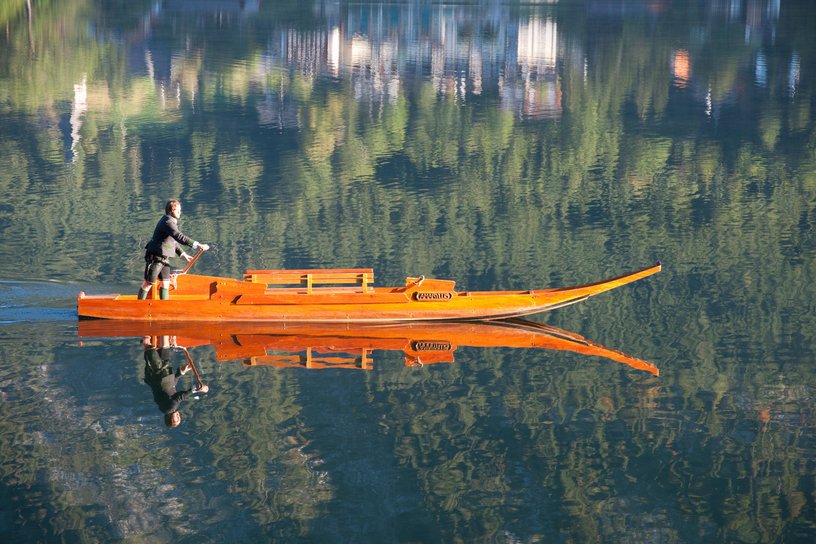
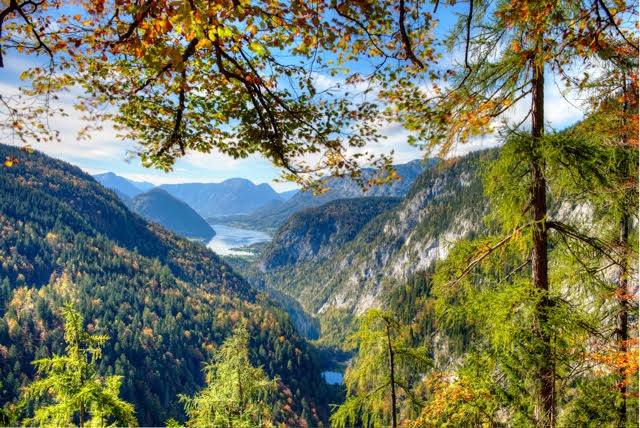
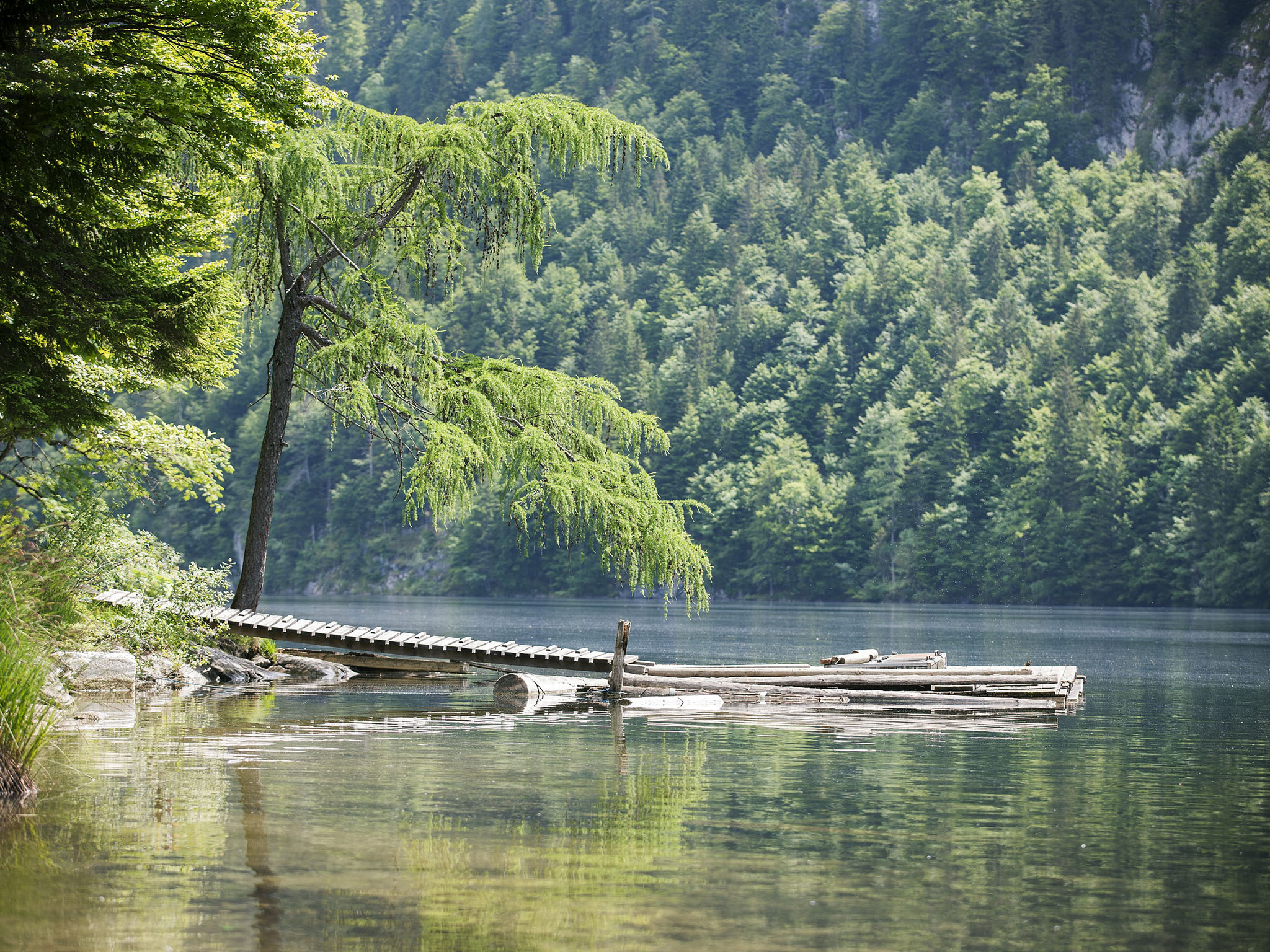
The Dark
These same salt mines and the surrounding mountains also represent the shadow and the desperate dream of a Thousand-Year Reich. Ausseerland’s unique geography – proximity to Salzburg tempered by dense alpine terrain – made it irresistible to the National Socialists (1938-45).
In March of 1938, Nazis claimed the region in two hours. Jewish summer guests were immediately banished, and their coveted villas aryanized and used by leading members of the Nazi elite, among them, Goebbels. Some of the most valuable stolen art in Hitler’s wartime empire, including the Ghent Altars and several Rembrandts, were hidden in the Altaussee salt mines (discussed in The Rape of Europa and featured in the film “Monuments Men”). Even recently a local house hiding 180 works of art belonging to Cornelius Gurlitz of Munich and Salzburg fame, was identified.
In the book and film, “The Salzburg Connection,” Lake Toplitz was disguised by Helen MacInnes as the Finstersee, a dumping ground for Nazi treasure and lists of Gestapo members and their bank accounts. In reality it was used as a hiding place and watery grave for crates of forged British pound notes which were to be used to flood the British economy in order to destroy the financing of their war effort. In this same lake four key account numbers to a huge Nazi fortune in Switzerland were hidden and never used.
Eichmann hid in the mountains above Altaussee before fleeing along the Ratweg to Argentina. Kaltenbrunner was arrested near Altaussee and sentenced to death in the Nuremberg trials. The representatives of nine Fascist governments (many Balkan) hid out in Altaussee at the end of the war.
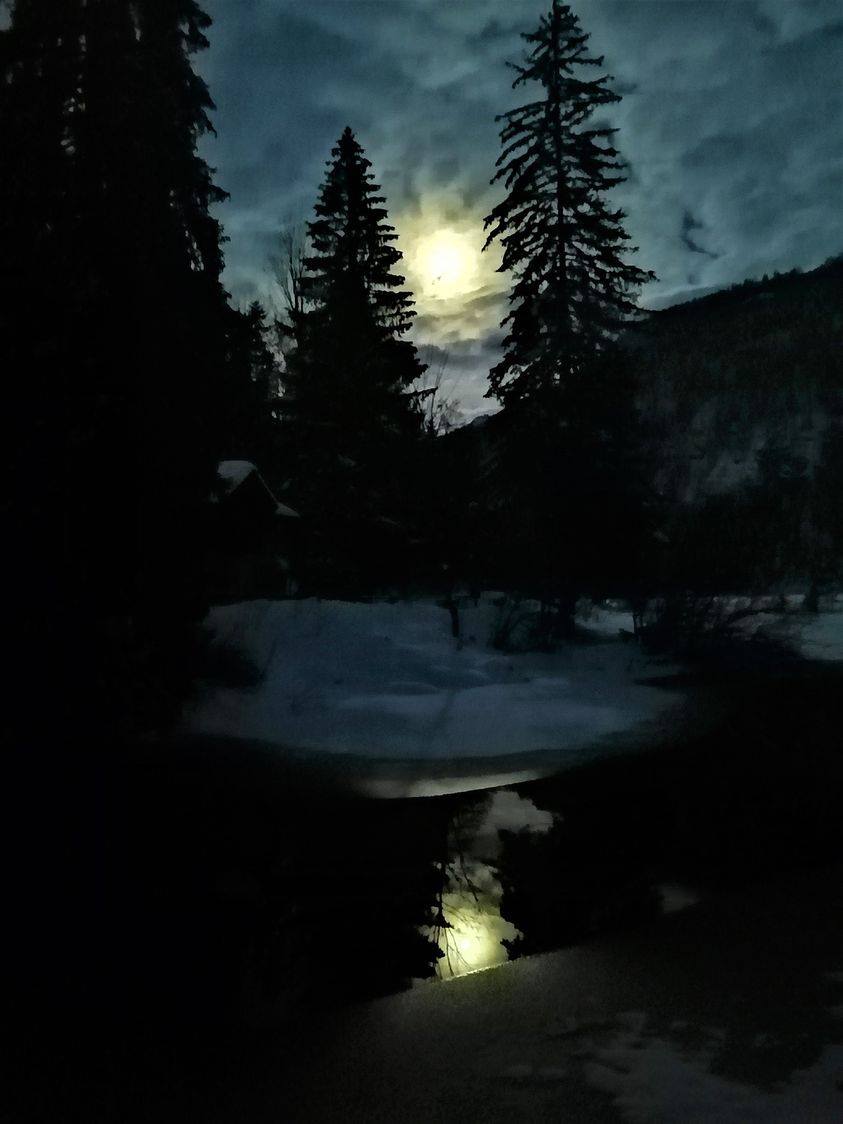
We will immerse ourselves in Ausseerland while weaving our tale, accompanied by descendants of those involved in the stories, scholars/lecturers and simply, friends. We will be guests in homes both simple and elaborate, enjoy the walks and bountiful nature, identify famous old villas and experience the local spa traditions. We will become familiar with new and excellent Austrian wines in lakeside terraced restaurants with superb fresh trout and at charming old Inns serving traditional Austrian fare.
Please join us
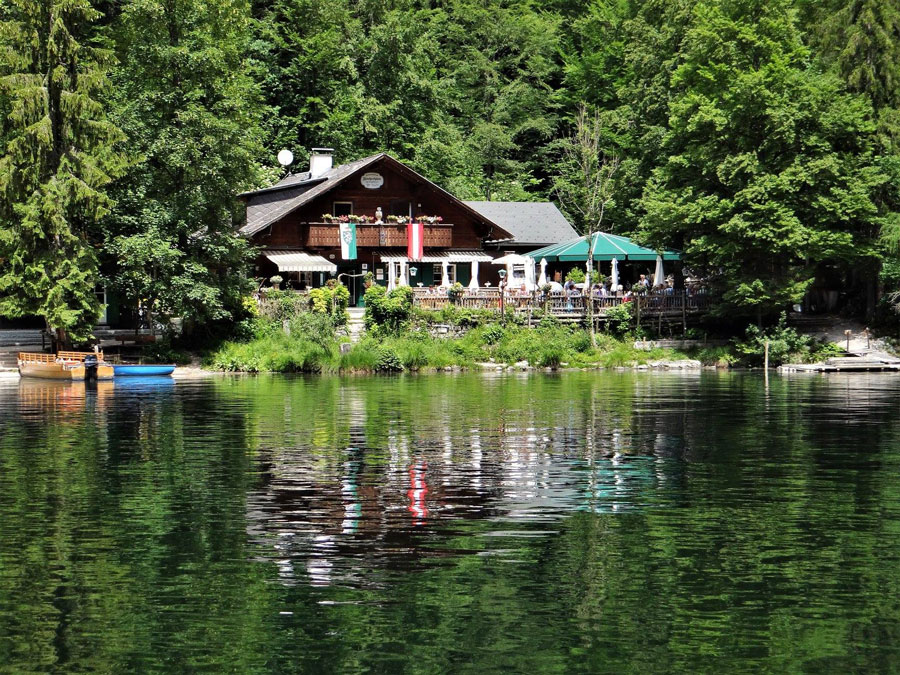
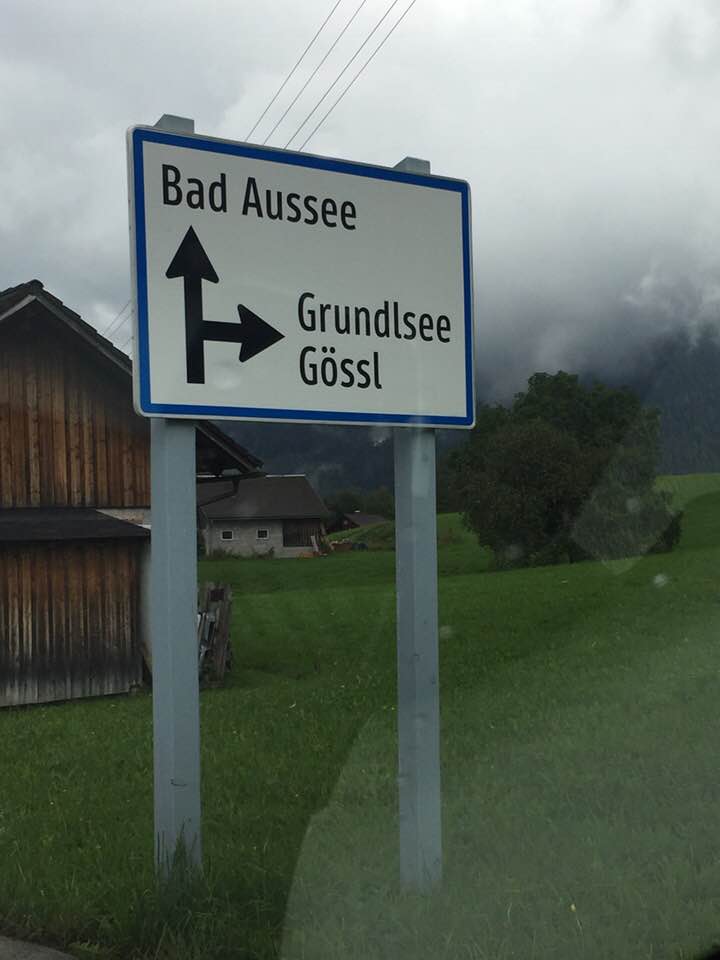
Itinerary
The schedule is subject to change. Thank you for understanding.
Arrival Day
Arrive at the Spa Hotel Erzherzog Johann. For those of you who arrive early, enjoy the hotel spa or have a stroll through Bad Aussee. In the evening we will gather for a welcome dinner and overview of the next days.
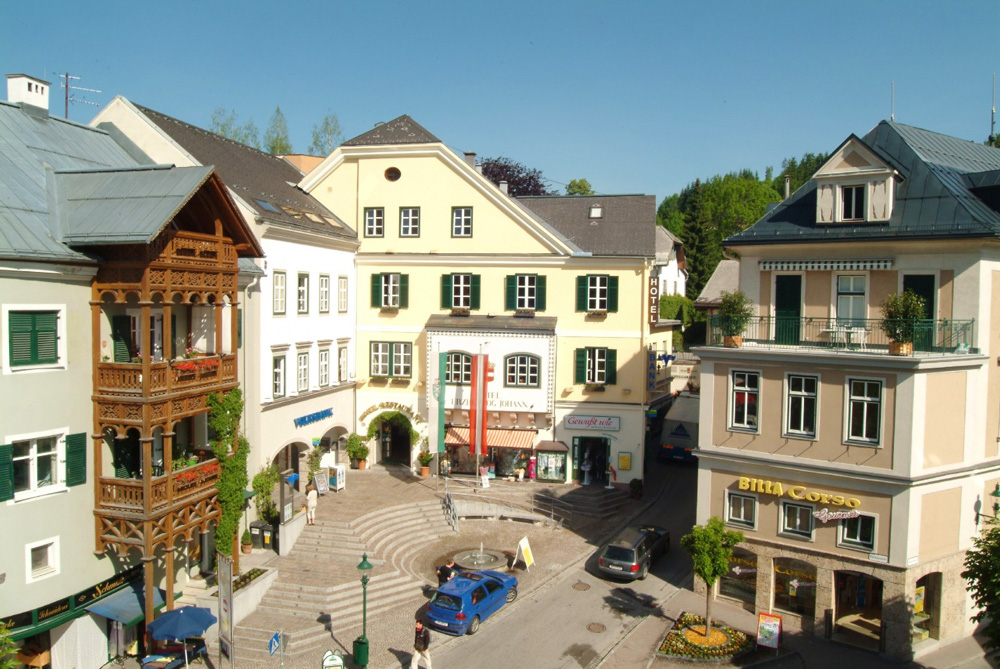
Grundlsee, Goessl and Toplitzsee
Our journey begins with a boat ride on the Rudolf along the length of Lake Grundl (Grundlsee) and its backdrop of stunning scenery. Our destination is the hamlet of Goessl and through the forest behind it, the mysterious Lake Toplitz (Toplitzsee). Goessl is the Austrian fountainhead of Alpine folklore tradition, music and dance; Toplitzsee is the dark, deep, and mysterious double-bottomed lake used by the Nazi’s to dump their secrets at the end of the war.
We will have lunch lakeside where the specialty is superior fresh trout accompanied by local music and listening to legends and facts about Toplitzsee and also see some of the recovered booty. On our way back to Aussee, we will stop in Goessl for coffee and see paintings that capture the local music and dance all created by Konrad Mautner, who captured local traditions into a stunning handpainted book., now a national treasure.
Salt, Altausseer Salt Mines: Europe’s Looted Art and the Monuments Men
An optional private tour of the Kammerhof Museum, just behind our hotel, for an overview of the important and interesting role of salt in the region. “Salzkammergut” means “ Salt Domain” and the Salzkammergut was just that for the Habsburg empire.
Anton Strobl, our WW11 expert and guest lecturer will meet us just after the museum visit and will give a talk and slide show of Ausseerland before, during, and just after WW11 weaving in the tale of the Salt Mines and the Monuments Men. We will have a private tour of the Altaussee salt mines and its “treasure chambers” of stolen art, intended for Hitler’s grandiose dream for an art museum more spectacular than the Louvre in nearby Linz.
In the evening a very pretty 20-minute drive to an outstanding lakeside dinner at the Odensee. The restaurant also has an impressive cellar full of well-packed regional delicacies.
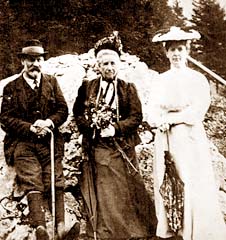
Sigmund Freud and his family in Bad Aussee
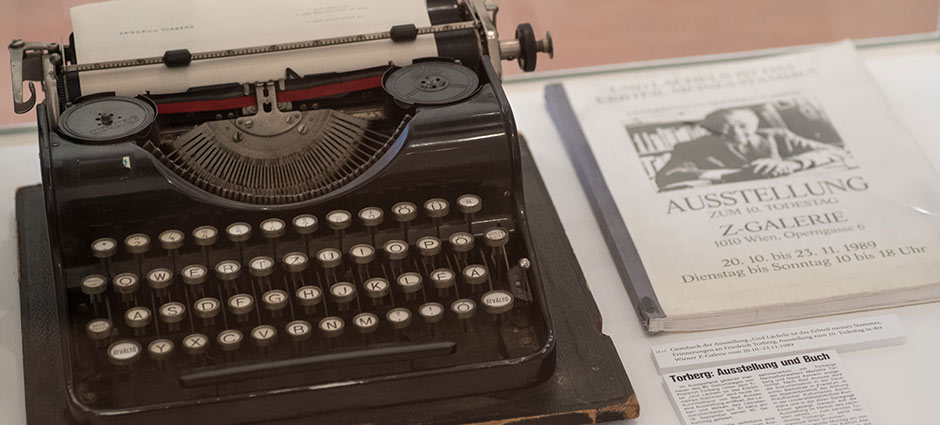
Sommerfrische and Villas
In the morning our speaker Marie Theres Arnbom will take us through the Ausseerland “Sommerfrische” (summer holiday) tradition. Beginning in Altaussee (Old Aussee) we will have a short and very interesting slide show followed by a walkabout tracing the destinies of the most notable summer guests, many names which you will know, through their Villas. Walking is one of Ausseerland’s biggest pleasures; the air is perfect; cool and clean.
We will have a light lunch on the other side of the lake at a converted hunting cottage now owned by Red Bull. Our transportation is via Plaette, a canoe-like wooden boat. Walking around half of the lake to the restaurant is also a wonderful option; it takes about 45 minutes.
Walking is one of Ausseerland’s biggest pleasures; the air is perfect; cool and clean. In the afternoon Marie Theres will offer a continued walking tour of the Villas around Bad Aussee. For those who wish, it is also possible to have a wonderful walk through meadows and low hills back to Bad Aussee (2 hours); one can even walk as far as Grundlsee and Goessl!
In the evening back to Altaussee for a special dinner at the beautiful and delicious lakeside restaurant, Strandcafe.
Bad Ischl: Kaiservilla, Salzkammergut Capital of Culture 2024 Meeting
Today we will visit the Imperial Spa Town of Bad Ischl, which is minutes past the steep mountain pass separating Ausseerland from the larger Salzkammergut. Bad Ischl is where the Salzkammergut sommerfrische began; nobles and industrialists followed their Emperor, and artists accompanied their patrons. Spas (Bads) proliferated throughout the Salzkammergut so that visitors could soak in the restorative hot salt waters.
A visit to the Kaiservilla, Emperor Franz Josefs hunting lodge, and the government seat during the warmer months warrants a visit. It is here that he signed the declaration of war against Serbia (which started World War 1).
In Ischl (BAD Ischl), we will meet also with a director of the Salzkammergut 2024 Capital of Culture committee to discuss the strategies the region is working on to take the Salzkammergut into the future, sustainably and culturally.
After enjoying a light lunch and sweets at the world-famous cafe, Zauner, we will have the rest of the afternoon free to shop or rest back in Bad Aussee. Our farewell dinner will be at a Private Home.
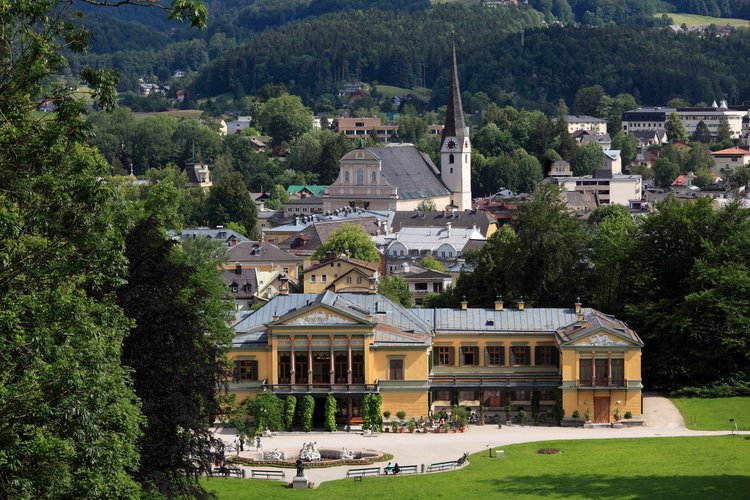
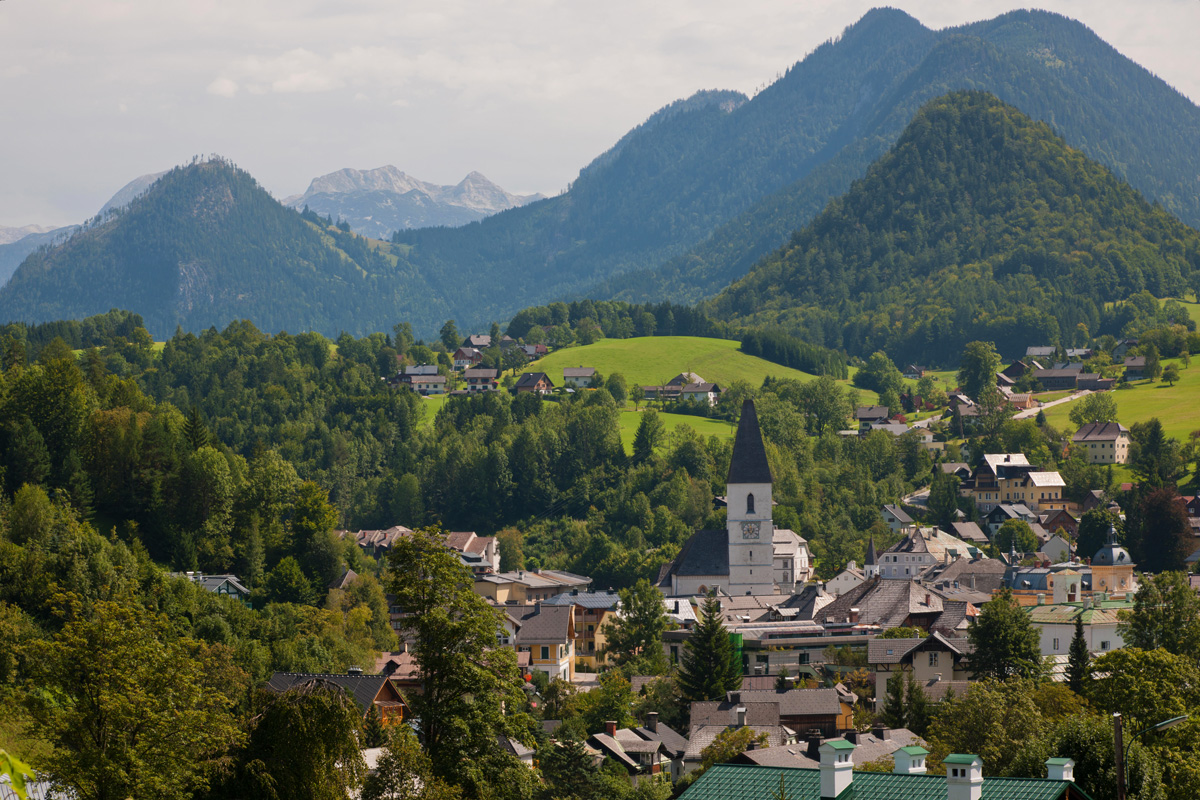

Departure
The Accommodation

Our hotel for our entire stay will be the Spa Hotel Erzherzog Johann, a very comfortable Alpine style hotel with spa and pool located in the center of Bad Aussee, the charming and lively central market town of Ausseerland. You will be able to walk all over town from here. On offer is the best traditional “tracht” (local dress) in all of Austria; for women colorful fabrics for bespoke dirndls or beautiful ready made ones, charming knits , jackets and hats and woven linens and cottons. For men, lederhosen (the best are bespoke), knits and jackets, hats and all the hunting and fishing accoutrements imaginable. Even umbrellas and canes are special here! There are also the much loved Gmunden ceramics in abundance and oh the sweets in the bakeries and cafes!
The landmark Cafe Lewandovsky is right outside our hotel and as of 11am is packed with shoppers resting with their cakes and ices and people watching with friends. This is the local café scene of Bad Aussee. “ Meet you at Lewans.”
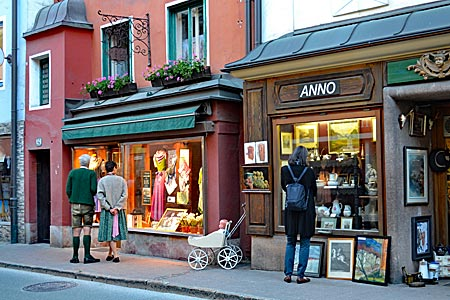
Location & maps

